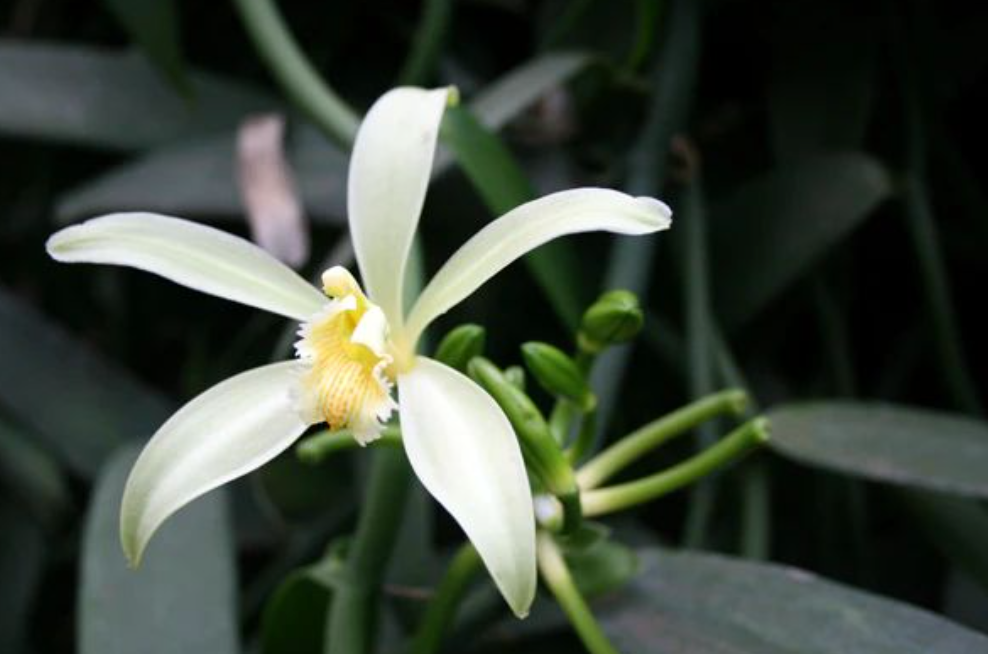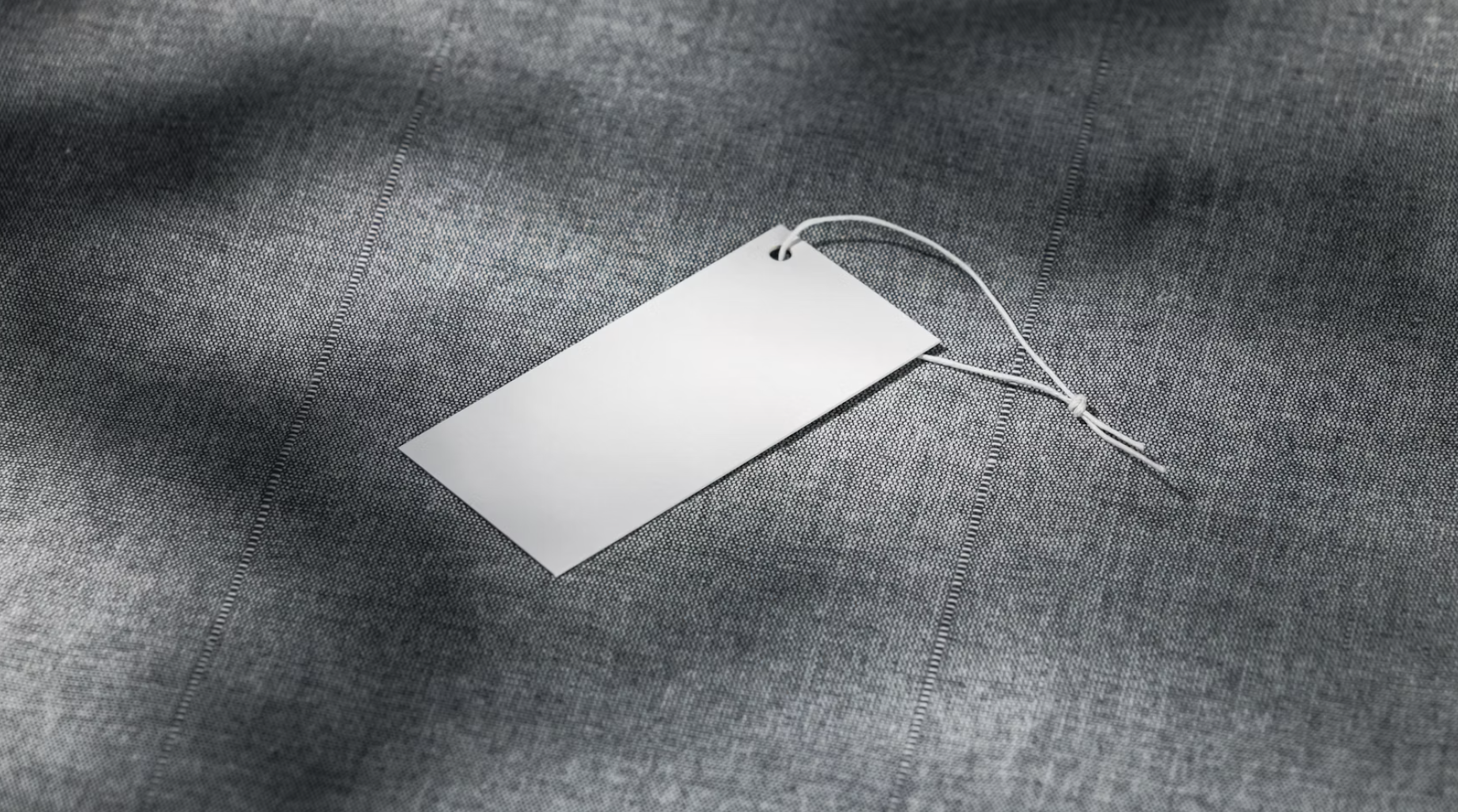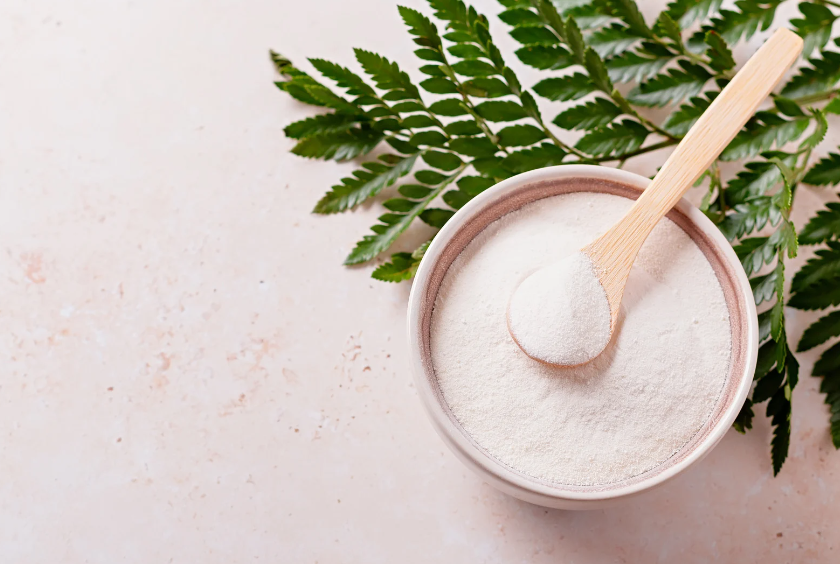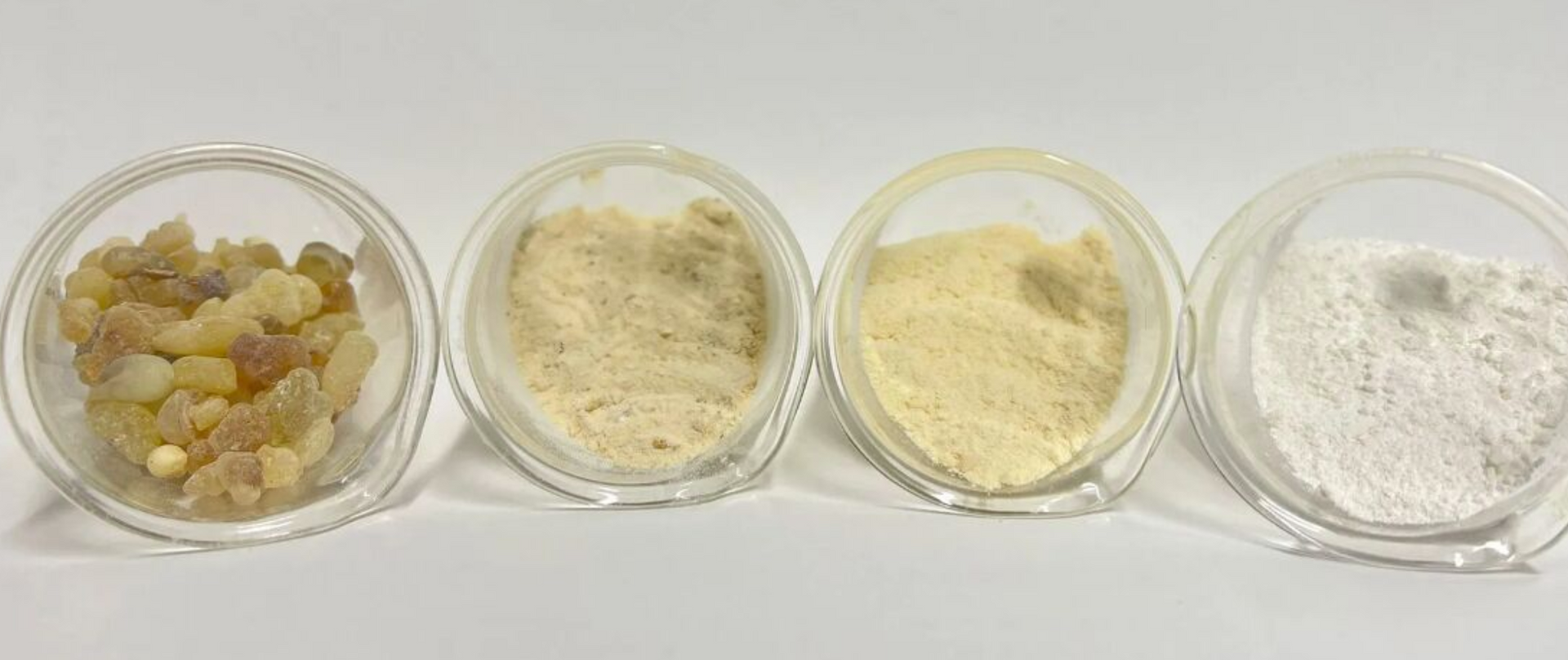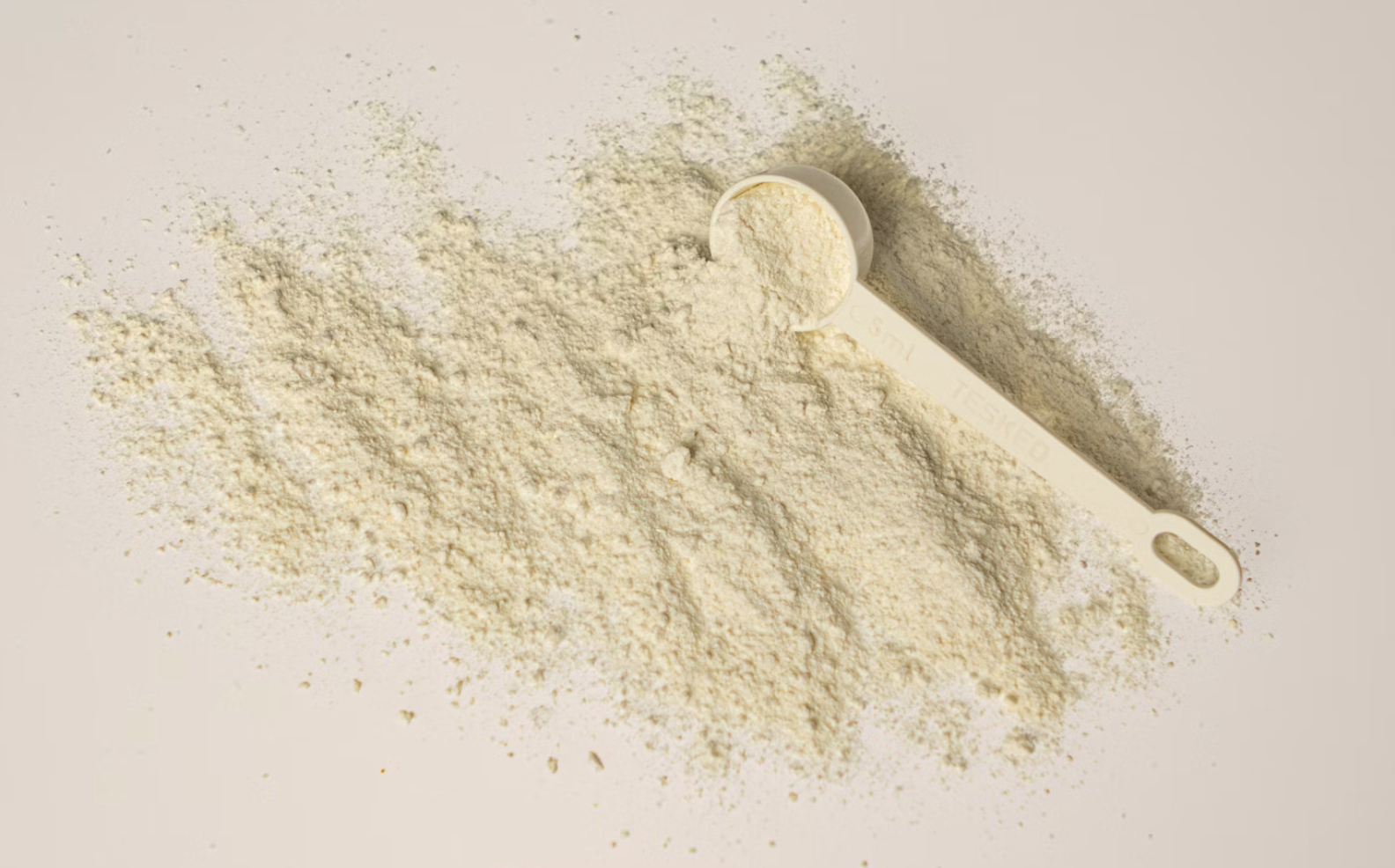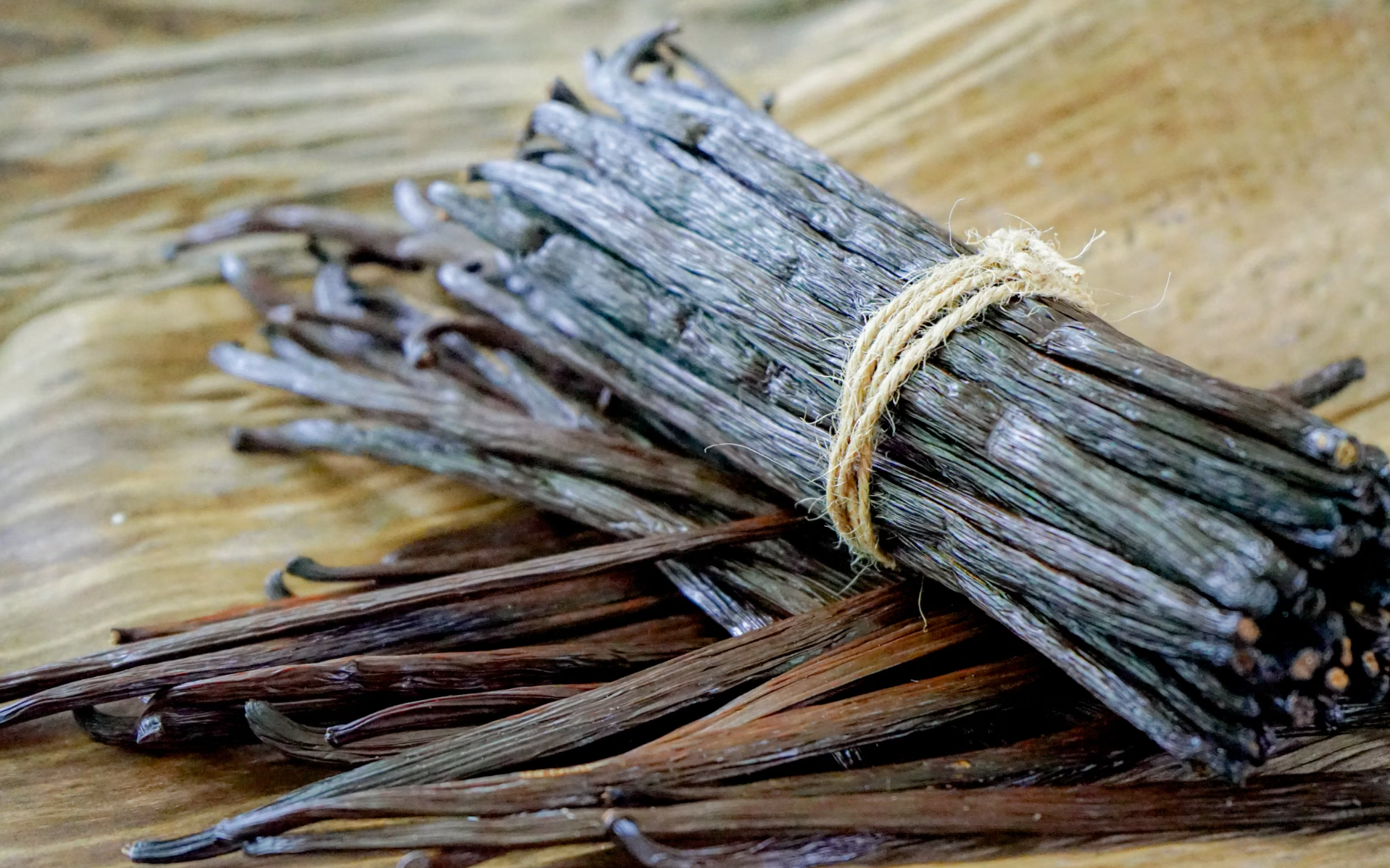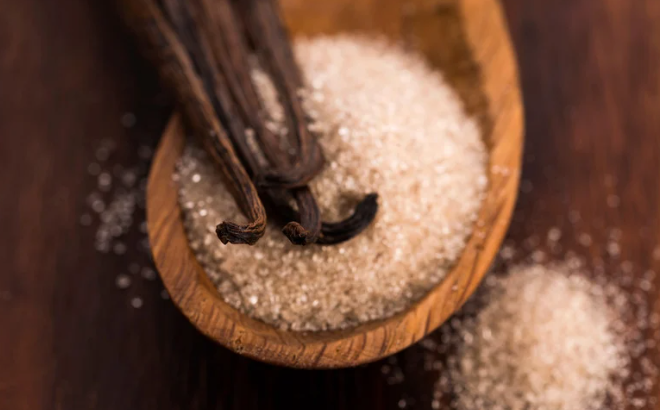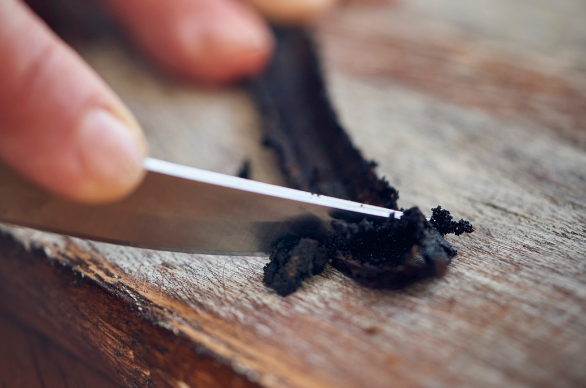The chemistry of perfume: an in-depth exploration
Perfume has captivated human senses for thousands of years. From ancient Mesopotamia to modern-day laboratories, the creation of a scent is a carefully crafted art, rooted in the principles of chemistry. The beauty of fragrance lies in the intricate blend of natural and synthetic materials, all delicately balanced to evoke memories, feelings, and emotions. At Dutch Essentials, we understand the powerful role that scent plays in everyday life. Let’s delve into the complex yet fascinating world of perfume chemistry and uncover the science behind your favorite fragrances.
The building blocks of perfume: base and fragrance compounds
All perfumes share a common structure comprising two main elements: the base and the fragrance compound. These components must be expertly balanced to create a harmonious and lasting scent.
- The base: alcohol and water. The base typically consists of alcohol or water, serving as the solvent that carries the fragrance and allows it to disperse on the skin. Ethyl alcohol (C2H6O) is the most commonly used solvent because of its quick evaporation rate, which helps release the fragrance more efficiently. Other bases like Coumarin, Benzyl Benzoate, and even beeswax may be used, depending on the desired outcome and consistency of the perfume.
- The fragrance compound: natural and synthetic materials. The fragrance component can be derived from natural extracts such as plants, flowers, and animals, or it can be synthesized in a laboratory. The choice between natural and synthetic materials depends on the perfumer's goal, cost, and sustainability. A master perfumer blends these compounds to ensure that the fragrance is well-rounded and delivers the right experience to the wearer.
The Role of Perfume Oils: Top, Heart, and Base Notes
Perfume oils are the heart of any fragrance, responsible for its complexity and longevity. These oils are typically broken down into three distinct notes:
- Top notes: These are the initial scents that you smell when you first apply the perfume. They are usually light, fresh, and fleeting, lasting for about 15 minutes to an hour. Common top notes include citrus, herbs, and light florals.
- Heart (middle) notes: The heart note forms the core of the fragrance and emerges once the top notes fade. These notes last for several hours and are often more robust, featuring ingredients like jasmine, rose, or spices.
- Base notes: The base notes provide the lasting impression of a perfume. They stick to the skin and can last for up to 8 hours or more. Typical base notes include woods, musk, and vanilla.
These oils can be extracted through various methods, such as distillation, extraction, or a modern technique known as headspace technology, where the scent is captured without damaging the source material. Each extraction method yields different results and must be selected carefully to ensure that the desired fragrance is achieved.
Main Chemicals and Compounds in Perfume
The creation of a perfect perfume involves a combination of various chemicals and compounds. Let’s explore the key components that define every fragrance:
- Perfume oils As mentioned earlier, perfume oils are the essence of the fragrance. They can be derived from plants, flowers, fruits, herbs, or even animal extracts. For instance, essential oils like lavender, rose, and sandalwood are frequently used in perfumes. The chemical structure of these oils varies depending on the source, and perfumers analyze these structures to recreate or enhance scents.
- Alcohol Ethyl alcohol, commonly known as ethanol, is used in nearly all perfumes to dilute the concentrated oils and help distribute the scent evenly when sprayed. Alcohol evaporates quickly on the skin, releasing the scent into the air. Higher concentrations of alcohol are used in eau de toilette, while eau de parfum uses less alcohol for a longer-lasting effect.
- Water Water is used to dilute the perfume further, ensuring that it is not too overpowering. The ratio of water to alcohol and oils determines the strength of the perfume. Parfum, for example, is the most concentrated form of fragrance with up to 25% perfume oil, while eau de cologne contains less than 10% oil.
The science behind smell: chemistry’s role in perception
Perfume chemistry goes beyond simply combining ingredients; it also involves understanding how the human nose perceives smell. Olfactory receptors in the nose detect scent molecules, which then send signals to the brain. These molecules are typically semi-volatile organic compounds, meaning they evaporate slowly, allowing the fragrance to linger.
The molecular weight of a scent compound plays a key role in determining whether it will be perceived by the nose. Most fragrance molecules have a molecular weight below 260 AMU (atomic mass units), making them light enough to be carried in the air but heavy enough to produce a noticeable aroma.
Interestingly, not all molecules that float in the air are perceived as having a smell. For instance, carbon monoxide (CO) is a gas, but it is odorless and undetectable by the human nose.
Factors influencing perfume stability and longevity
Several external factors can affect the stability and longevity of your perfume. Exposure to light, air, and heat can alter the chemical structure of fragrance compounds, leading to the degradation of the scent. For instance, sunlight contains energy that can break the bonds in perfume molecules, causing them to lose their potency.
Similarly, exposure to air can lead to oxidation, a chemical reaction that can change the perfume’s composition, much like how wine turns into vinegar when left uncorked. To maintain the quality of your perfume, it’s best to store it in a cool, dark place, preferably in its original container.
The role of a perfume chemist
The art of perfumery is deeply rooted in chemistry, and creating a successful fragrance requires a deep understanding of chemical reactions, molecular structures, and sensory perception. A perfume chemist, often with a Master’s or Doctorate in Chemistry or Chemical Engineering, is responsible for blending the raw materials and fine-tuning the formula to achieve the desired scent profile.
Many of the most popular scents are not derived directly from nature but are instead created synthetically in labs. This is often necessary for environmental or ethical reasons, such as reducing the use of animal-derived ingredients like musk or civet. Synthetic alternatives mimic the scent profiles of natural materials without the same environmental impact.
Chemists may spend years developing a single perfume, going through multiple iterations and tests before finalizing the formula. Every aspect, from the molecular composition to how the perfume interacts with the skin, must be considered to ensure a well-rounded and long-lasting scent.
Conclusion: The Art and Science of Perfume
In the world of perfumery, science and art are inextricably linked. Every perfume is a delicate balance of chemistry, creativity, and craftsmanship, designed to evoke emotions and leave a lasting impression. At Dutch Essentials, we are proud to embrace the complexities of perfume chemistry to deliver products that enhance your daily life. From the selection of raw materials to the final blend, each fragrance is a testament to the beauty of chemistry in perfumery.
